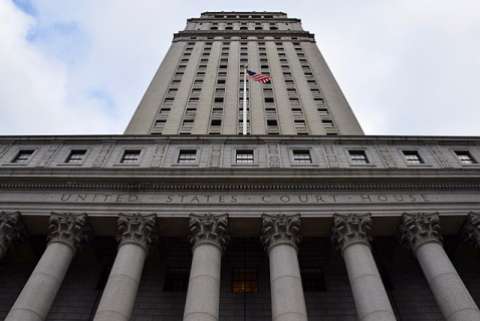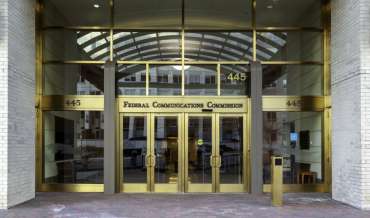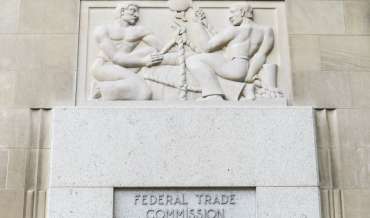In the ongoing saga of what sorts of dialing technology is considered an automatic telephone dialing system (ATDS)—and thus subject to the Telephone Consumer Protection Act’s (TCPA) regulations on autodialers—the Second Circuit Court of Appeals has bucked recent trends and adopted the precedent of the Ninth Circuit’s extremely broad ATDS definition from 2018’s Marks v. Crunch San Diego, LLC.
The Second Circuit found, in Duran v. La Boom Disco, case no. 19-600-cv, (2nd Cir. 2020), that the ExpressText and EZ Texting programs used by the defendant should be regulated as autodialers. Following the Marks precedent, the Court determined that any device that can dial from numbers stored in a list is an ATDS, holding that “an ATDS may call numbers from stored lists, such as those generated, initially, by humans.” The court also found that a human hitting a “send” button to initiate the text campaign is insufficient human intervention to preclude an ATDS designation.
Ever since the D.C. Circuit’s 2018 decision in ACA International, et al. v. FCC, et al. struck down the Federal Communications Commission’s (FCC) broad definition of an autodialer, different court jurisdictions have set forth wildly different interpretations of the TCPA’s definition of what constitutes an ATDS. The recent trend, as exemplified by Gadelhak v. AT&T Services, No. 19-1738 (7th Cir. Feb. 19, 2020) and Glasser v. Hilton Grand Vacations, Case No. 18-14499 (Jan. 27, 2020 Decided), has been toward a more narrow, statutory definition. But Duran shows that marketers still have to contend with the broad Marks definition.





